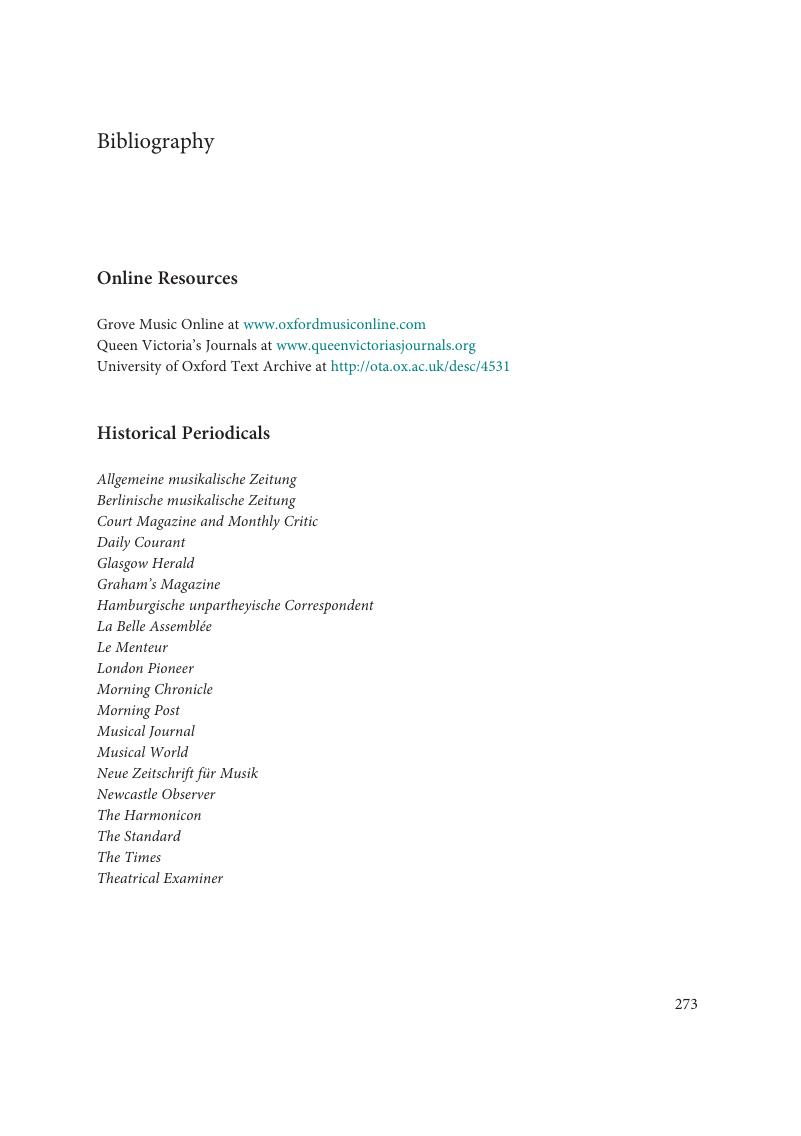Book contents
- Music and the Sonorous Sublime in European Culture, 1680–1880
- Music and the Sonorous Sublime in European Culture, 1680–1880
- Copyright page
- Dedication
- Contents
- Figures
- Musical Examples
- Acknowledgements
- Contributors
- Sonorous Sublimes: An Introduction
- 1 Thunder or Celestial Harmony: French Theological Debates on the Sonorous Sublime
- 2 ‘A Pleasing Rape’: John Dennis, Music and the Queer Sublime
- 3 The Idea of the Past in Eighteenth-Century British Music
- 4 C. P. E. Bach and the Neoclassical Sublime: Revisions of a Concept
- 5 Cherubini’s Médée and Sublime Vengeance
- 6 When Does the Sublime Stop? Cavatinas and Quotations in Haydn’s Seasons
- 7 Counterfeits, Contraltos and Harmony in De Quincey’s Sublime
- 8 The Consecration of Sound: Sublime Musical Creation in Haydn, Weber and Spohr
- 9 Commanding Performances: Opera, Surrogation and the Royal Sublime in 1848
- 10 Wagner’s Sublime Effects: Bells, Cannon and the Perception of Heavy Sound
- Bibliography
- Index
- References
Bibliography
Published online by Cambridge University Press: 30 April 2020
- Music and the Sonorous Sublime in European Culture, 1680–1880
- Music and the Sonorous Sublime in European Culture, 1680–1880
- Copyright page
- Dedication
- Contents
- Figures
- Musical Examples
- Acknowledgements
- Contributors
- Sonorous Sublimes: An Introduction
- 1 Thunder or Celestial Harmony: French Theological Debates on the Sonorous Sublime
- 2 ‘A Pleasing Rape’: John Dennis, Music and the Queer Sublime
- 3 The Idea of the Past in Eighteenth-Century British Music
- 4 C. P. E. Bach and the Neoclassical Sublime: Revisions of a Concept
- 5 Cherubini’s Médée and Sublime Vengeance
- 6 When Does the Sublime Stop? Cavatinas and Quotations in Haydn’s Seasons
- 7 Counterfeits, Contraltos and Harmony in De Quincey’s Sublime
- 8 The Consecration of Sound: Sublime Musical Creation in Haydn, Weber and Spohr
- 9 Commanding Performances: Opera, Surrogation and the Royal Sublime in 1848
- 10 Wagner’s Sublime Effects: Bells, Cannon and the Perception of Heavy Sound
- Bibliography
- Index
- References
Summary

- Type
- Chapter
- Information
- Music and the Sonorous Sublime in European Culture, 1680–1880 , pp. 273 - 296Publisher: Cambridge University PressPrint publication year: 2020



